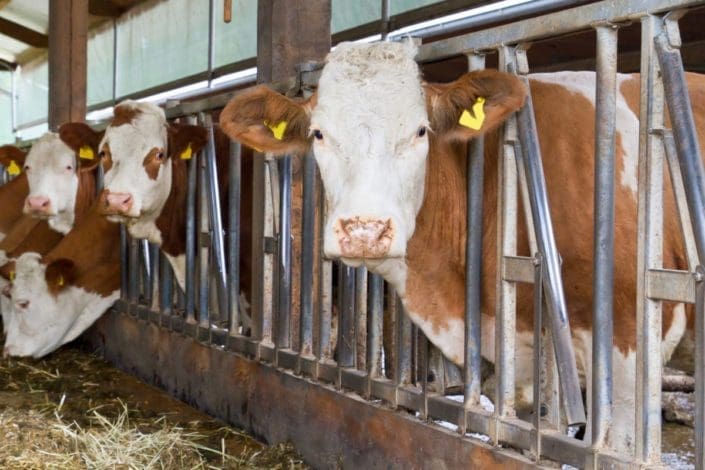Will I Get Mad Cow Disease if I Eat Beef

What is mad cow disease?
Mad cow disease is the common name for a very rare and deadly brain disease. The scientific name is bovine spongiform encephalopathy (BSE). It's spread by eating beef products from a cow that has been infected. Both animals and humans can get the disease. People get a version of BSE called variant Creutzfeldt-Jakob disease (vCJD).
Symptoms of mad cow disease
In humans, it's difficult to diagnose mad cow disease until it's reached the most serious symptoms. It can begin with symptoms of depression and loss of coordination. Later, dementia symptoms appear. These can include serious declines in memory, thinking, and behavior.
Brain abnormalities can be seen through a magnetic resonance imaging (MRI) scan. This test gives your doctor a picture of the inside of your brain. Abnormalities don't show up on an MRI until near the end of the disease. The disease progresses quickly, and it leads to death around one year after symptoms appear.
What causes mad cow disease?
Eating meat or bone meal from infected cattle causes mad cow disease. The beef is contaminated when it's exposed to tissue from the infected cow's brain and spinal cord.
How is mad cow disease diagnosed?
Doctors focus on eliminating other diseases and conditions that have similar symptoms. For example, a blood test can help rule out some other brain diseases that are similar to mad cow disease. An MRI or computed tomography (CT) scan can rule out a stroke or brain tumor. Doctors can order a spinal fluid test to see if the protein present in mad cow disease is present in your spinal fluid. Unfortunately, since mad cow disease is so rare, many doctors don't consider it until a person nears the end of their life.
Can mad cow disease be prevented or avoided?
Mad cow disease is extremely rare in the United States. Most cases have occurred in Europe, especially in the United Kingdom.
U.S. government agencies have taken many steps to keep food in the United States safe. The Food and Drug Administration (FDA) and the U.S. Department of Agriculture (USDA) regulate animal feed to keep cows safe from BSE. They also prevent high-risk cows and cow products from entering the country from other countries. These and other steps have worked very well to keep mad cow disease out of the United States.
If you live in the United States, you don't need to do anything to avoid mad cow disease. If you are traveling to another country, the best way to reduce your risk is to avoid eating beef.
Mad cow disease isn't contagious. It can't be transmitted by being around someone who has the disease. So practices like good hygiene or handwashing don't prevent it.
Mad cow disease treatment
There is no cure for mad cow disease. Doctors focus on providing patients and their caregivers advice for support.
Living with mad cow disease
Living with mad cow disease means learning to adapt to the changes and complications of brain deterioration. As the disease worsens, it takes away a person's independence. They are no longer able to care for themselves. Caregivers will be given guidance on the best ways to care for their loved one at this stage.
Questions for your doctor
- Does mad cow disease affect milk and milk products?
- Can diseased meat in restaurants contaminate vegetables and utensils in the same restaurant?
- Can safe cooking eliminate the disease?
- Can the disease be passed on through sexual contact?
![]()
Copyright © American Academy of Family Physicians
This information provides a general overview and may not apply to everyone. Talk to your family doctor to find out if this information applies to you and to get more information on this subject.
Source: https://familydoctor.org/condition/mad-cow-disease/
0 Response to "Will I Get Mad Cow Disease if I Eat Beef"
Enregistrer un commentaire